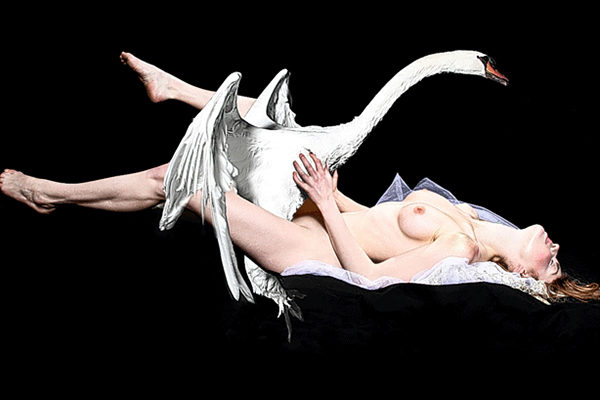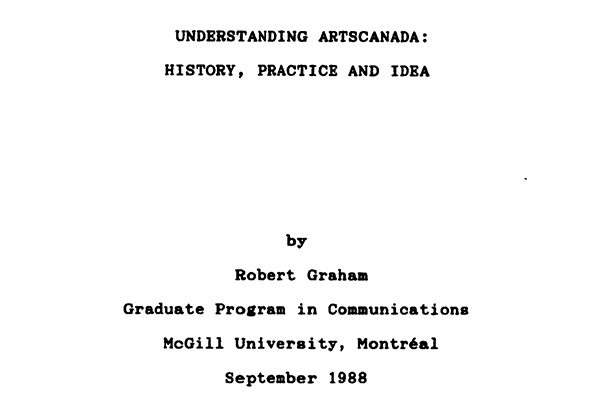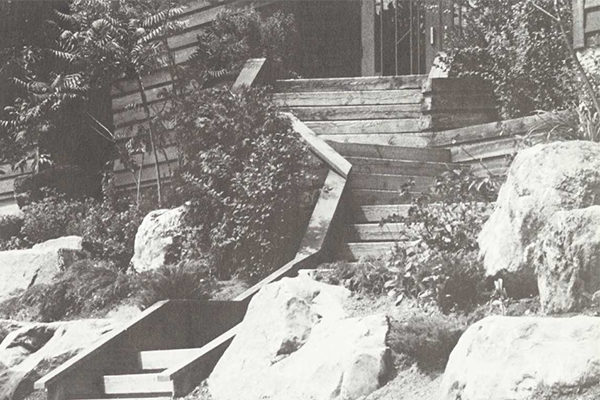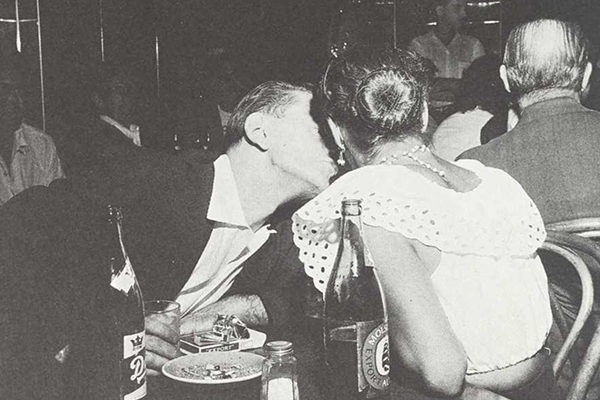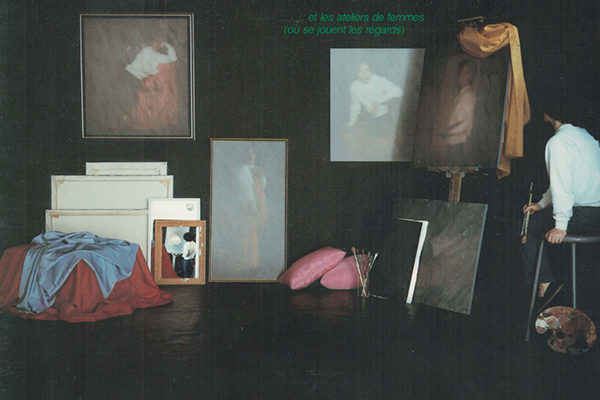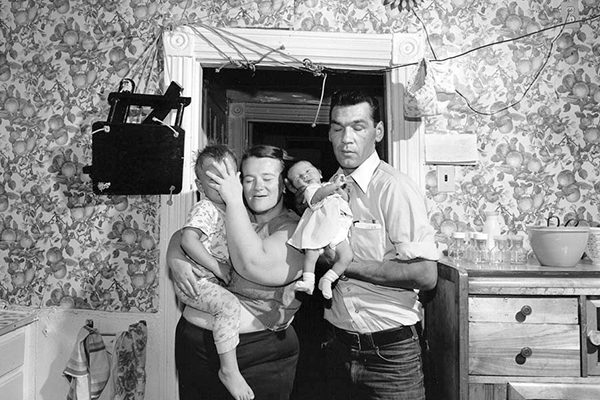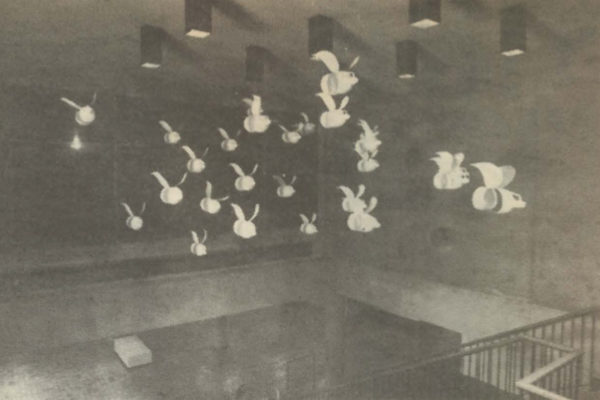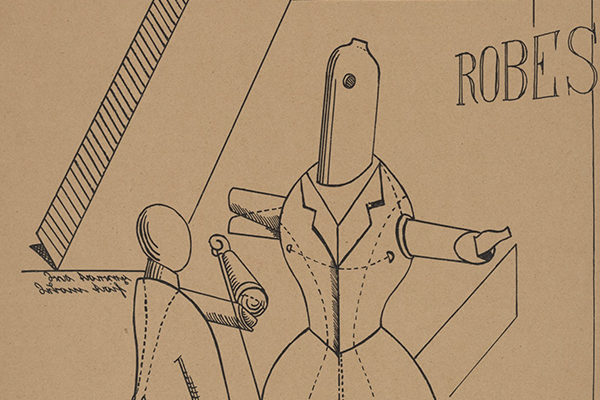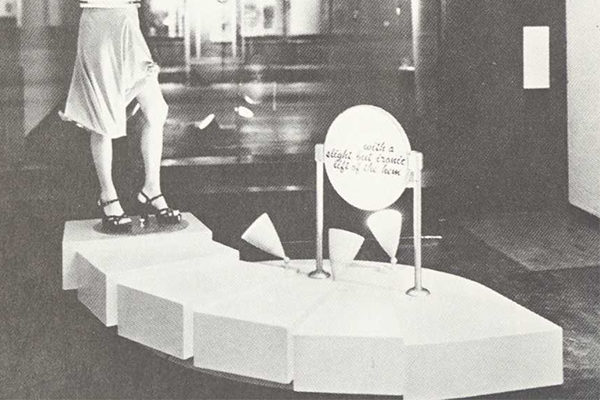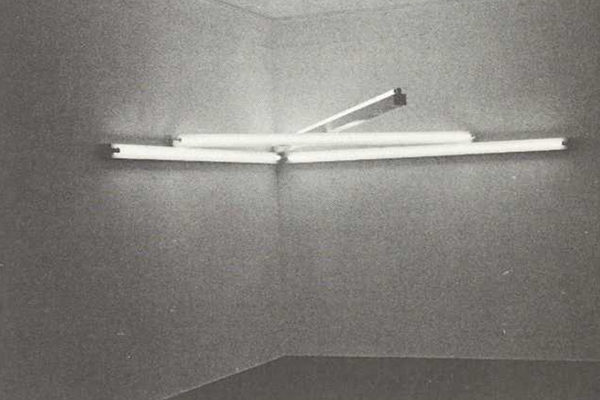Bill C-54 (1988)
There are many reasons why the Canadian Government’s proposed anti-pornography legislation, as tabled in Bill C-54, will make for bad law. In attempting to do too much at once, and to satisfy simultaneously too many constituencies, the government is creating for itself new powers in the control of discourse which are not only potentially abusive, but even as presently composed and intended contain reprehensible notions of state authority.
